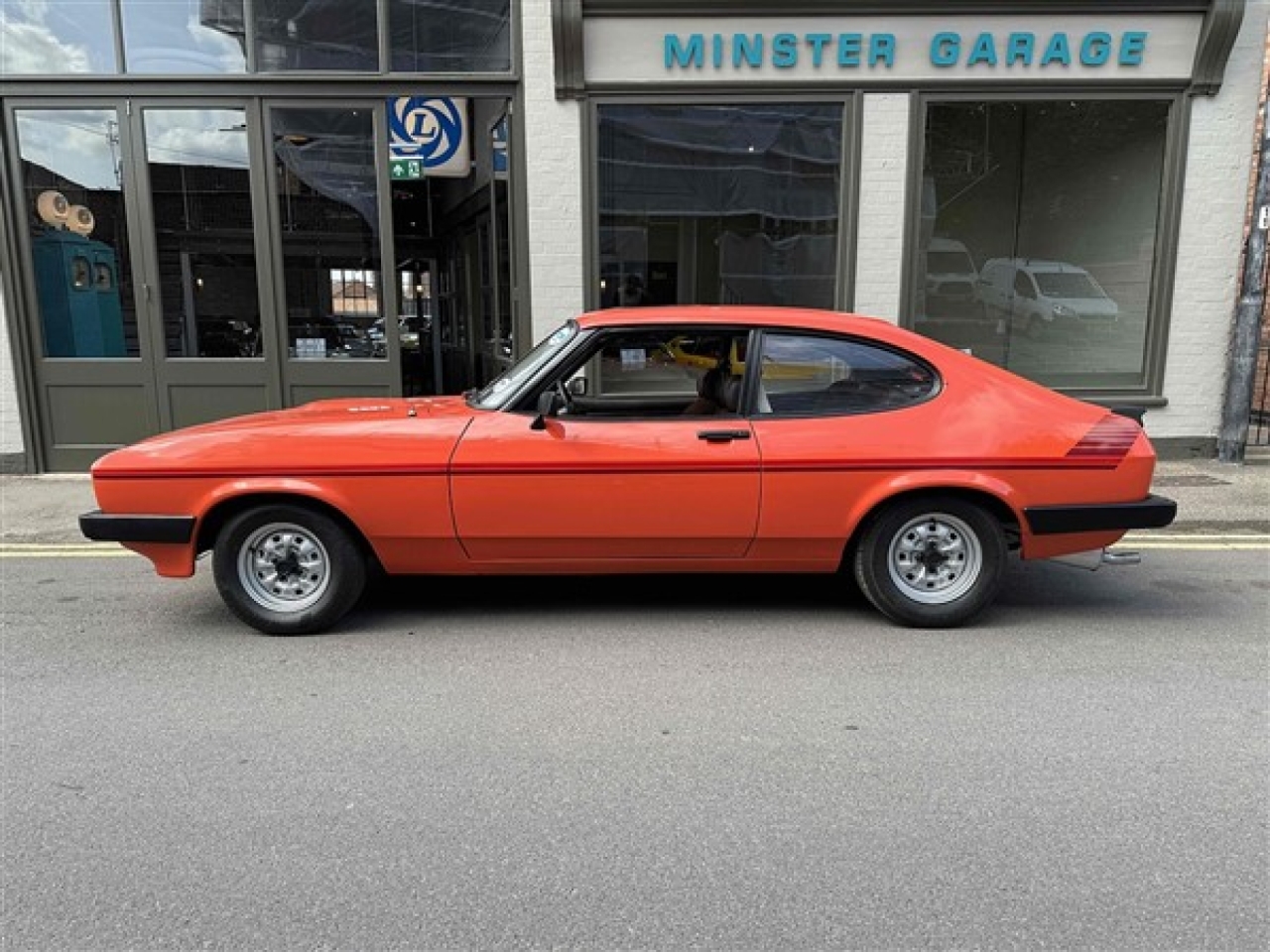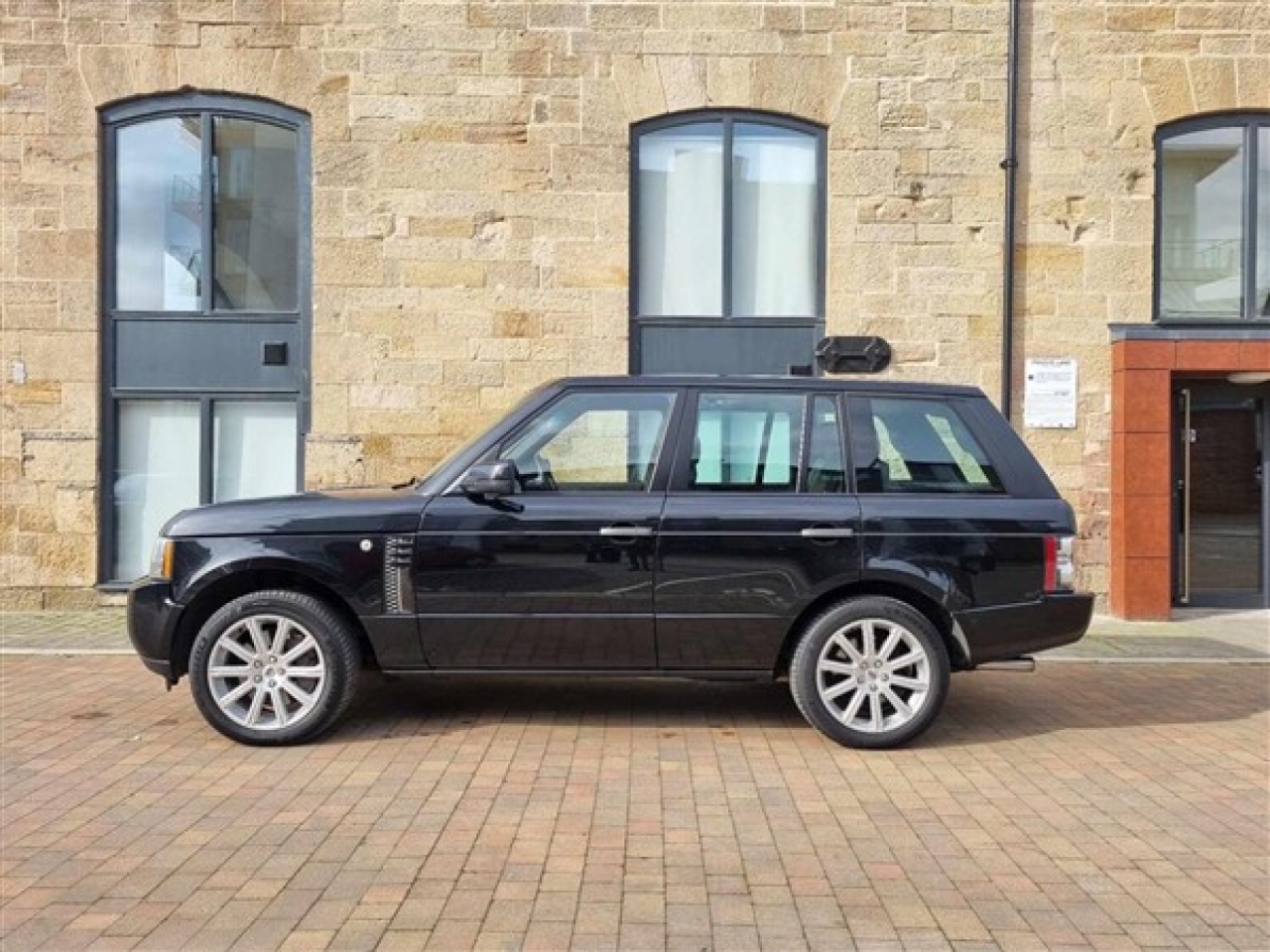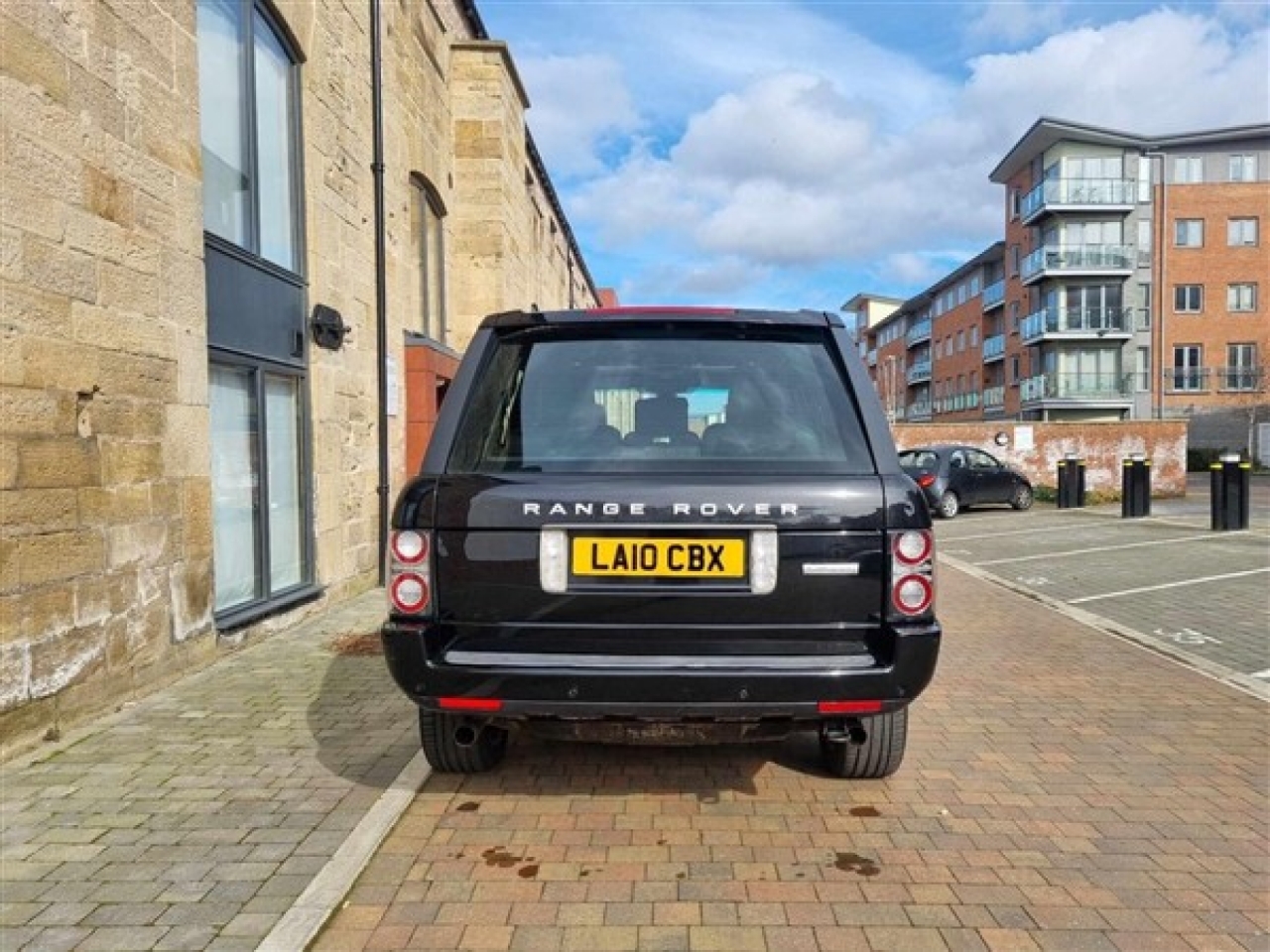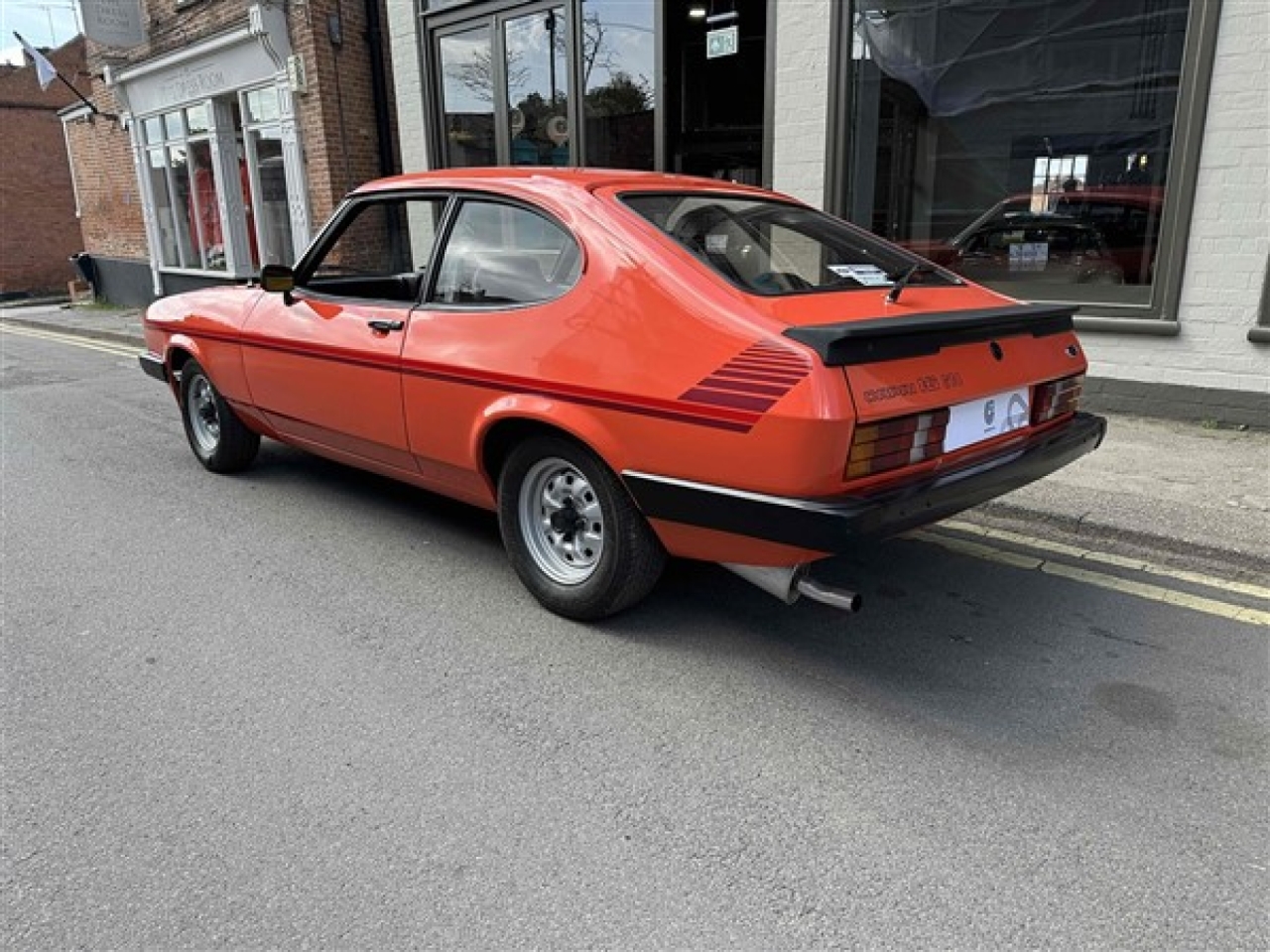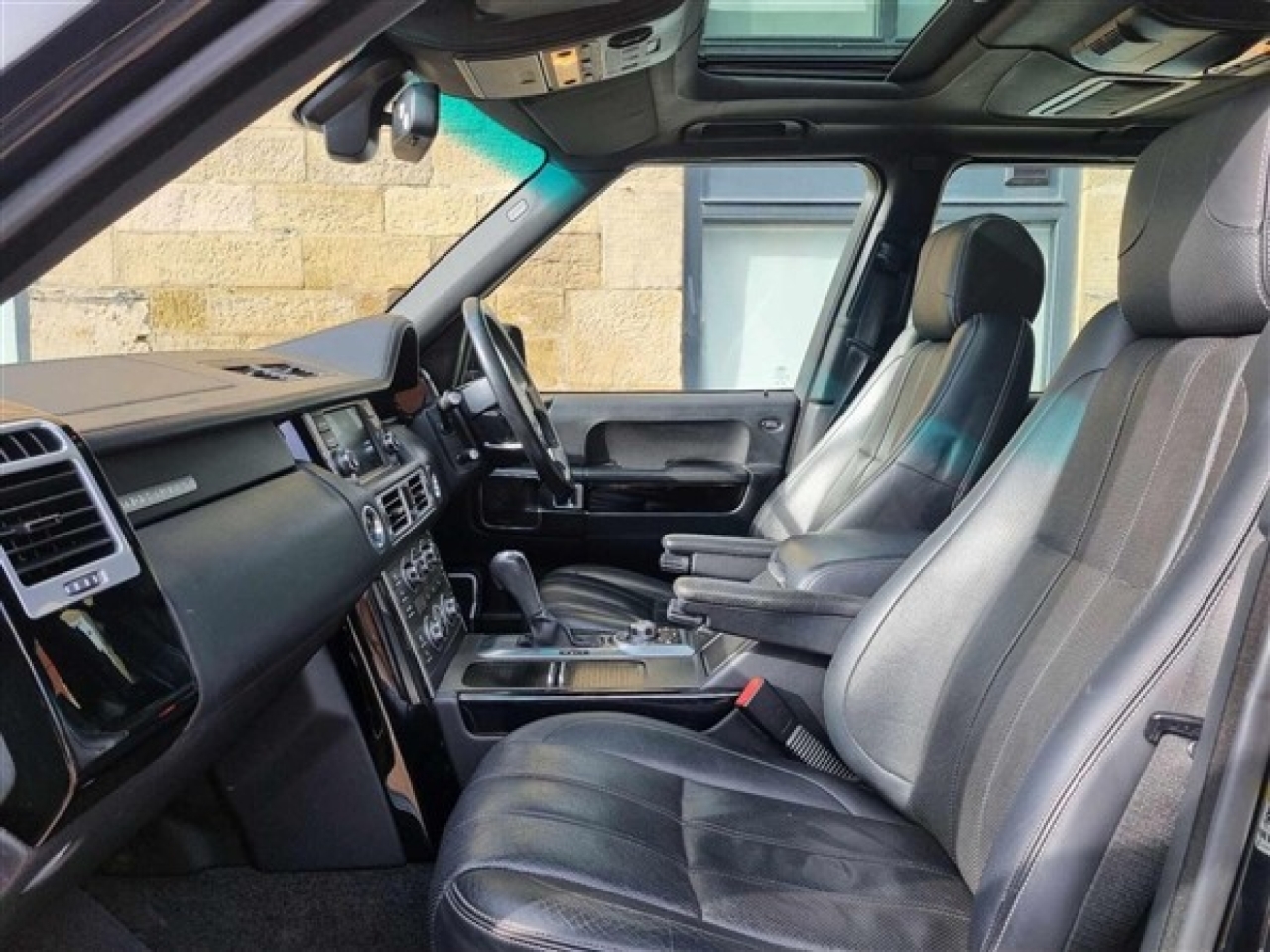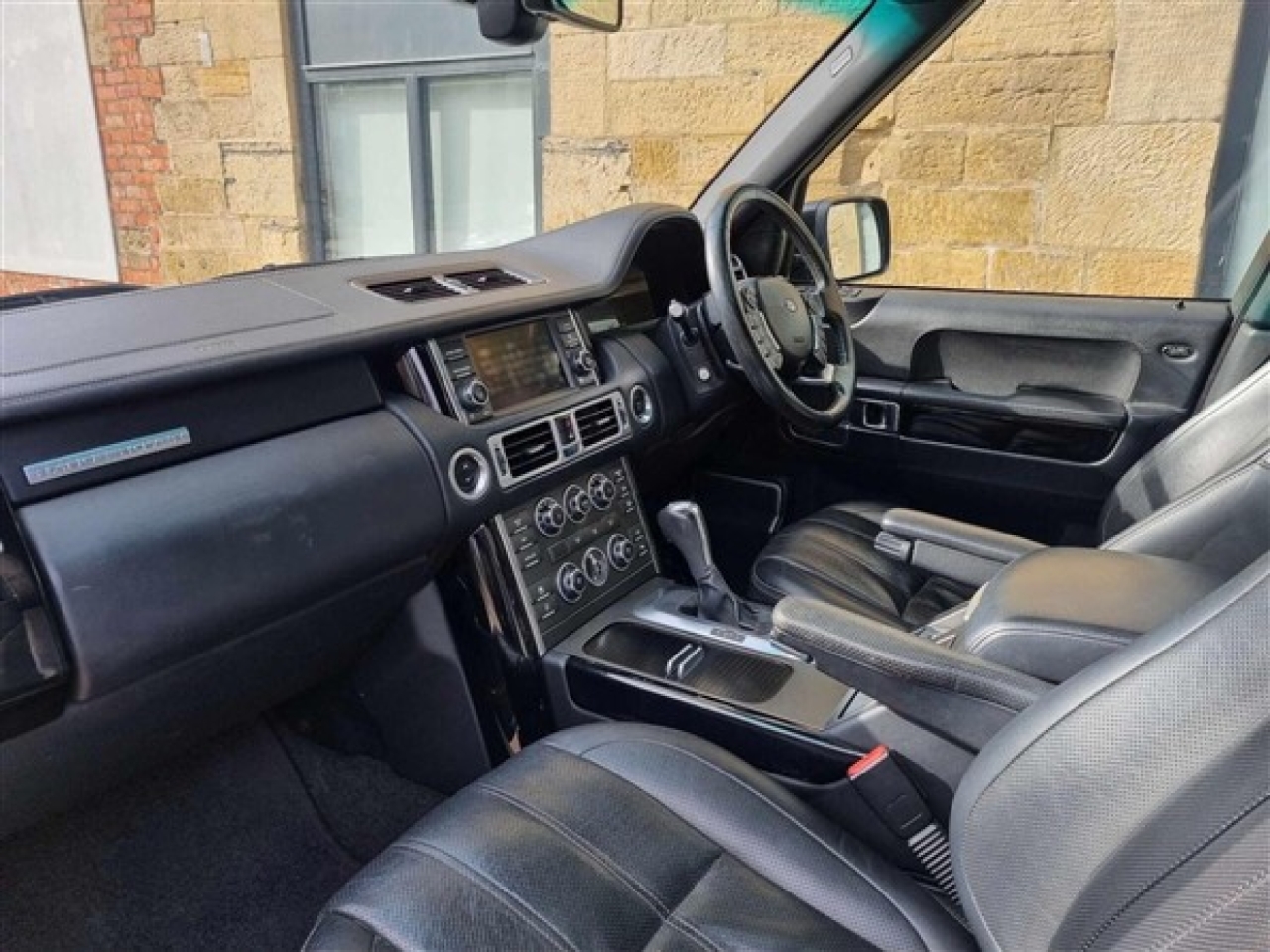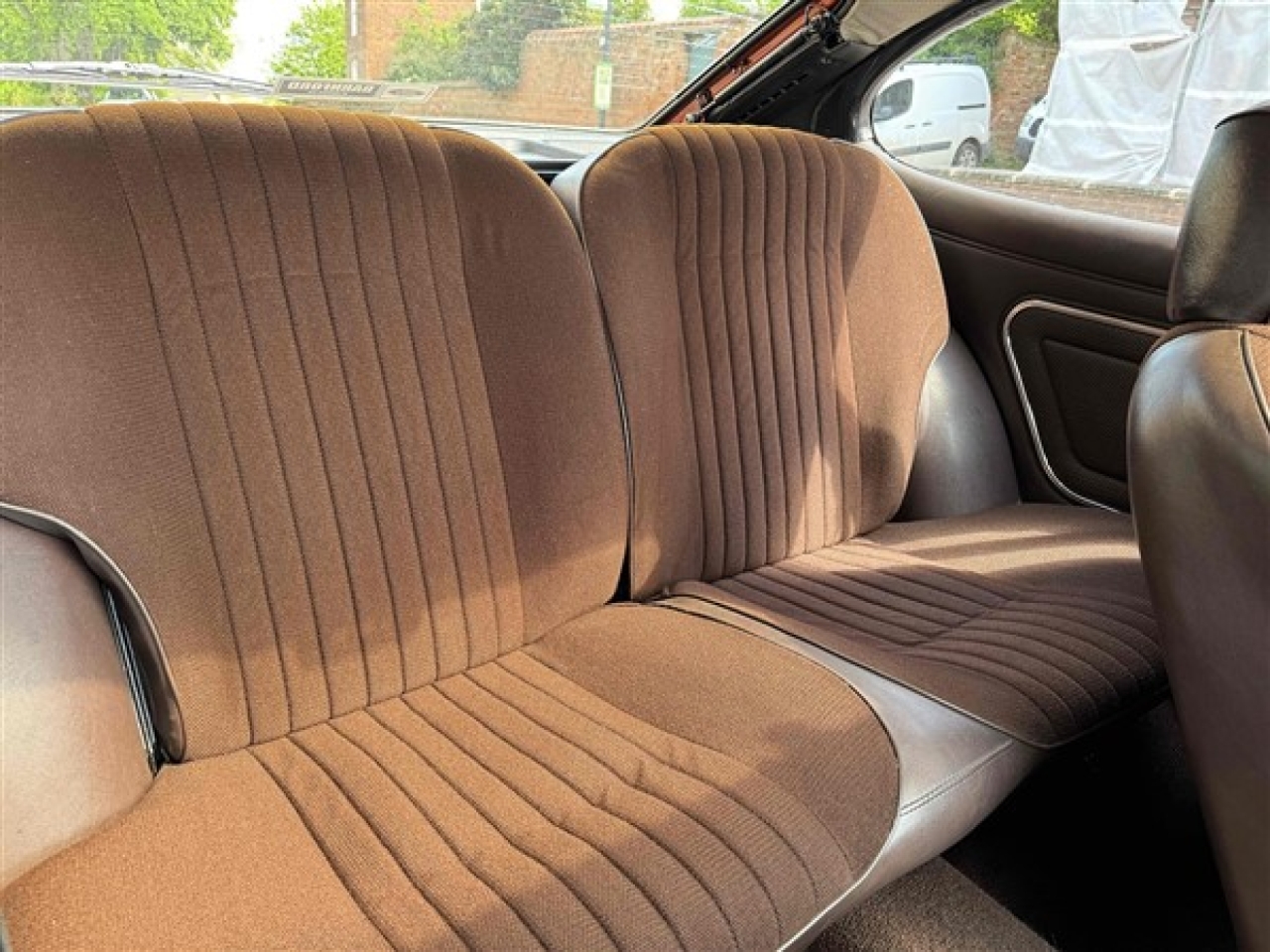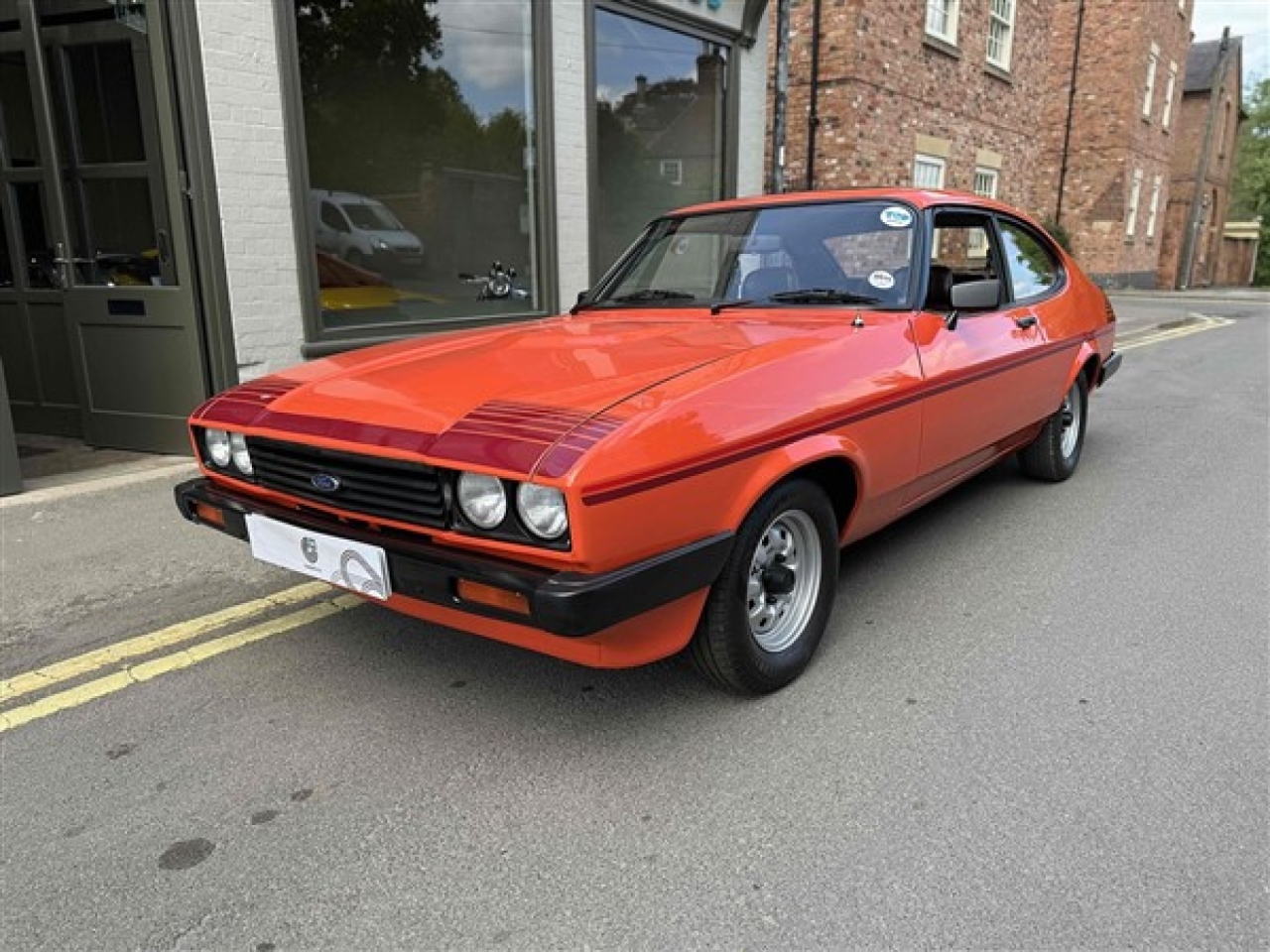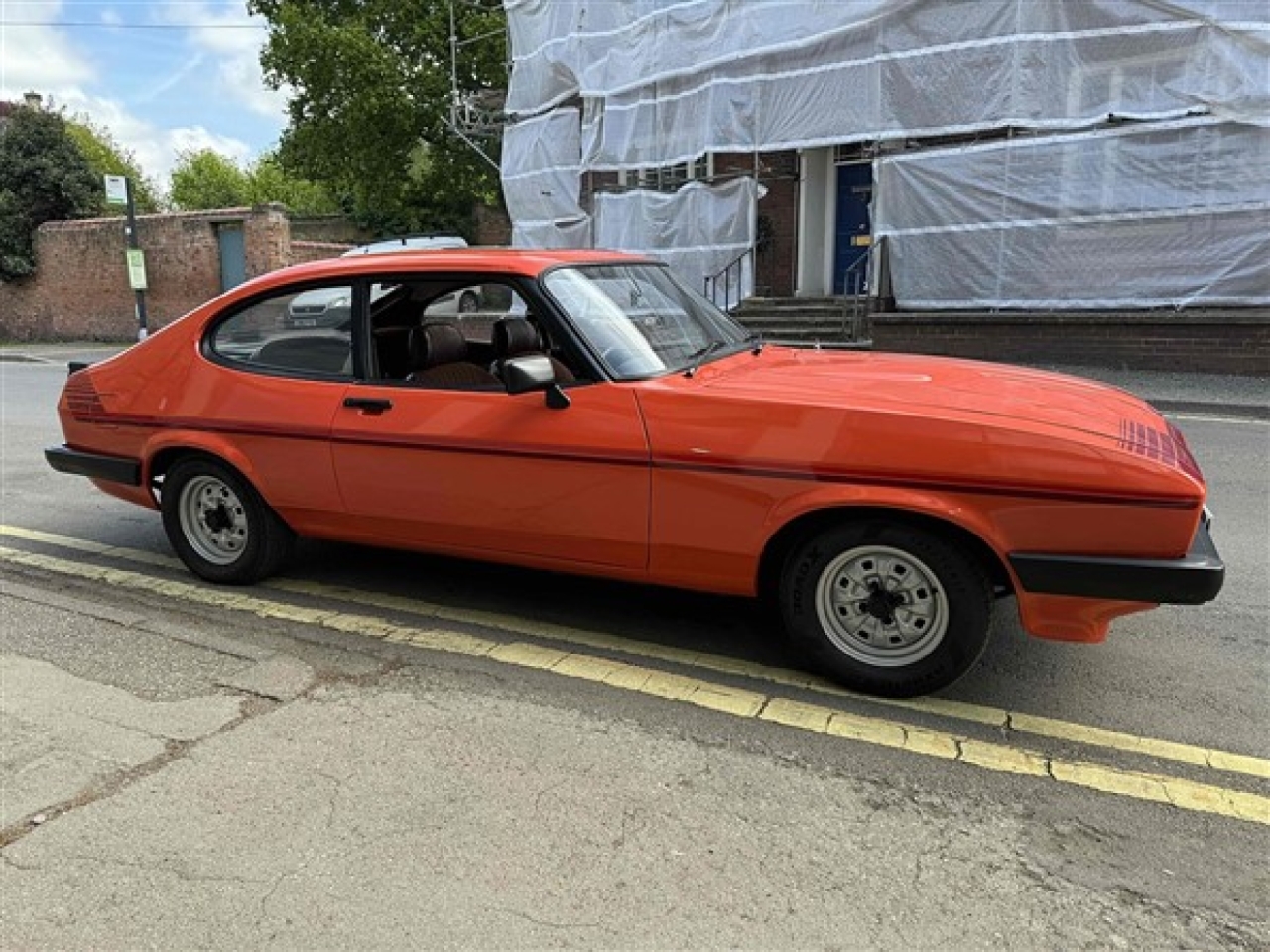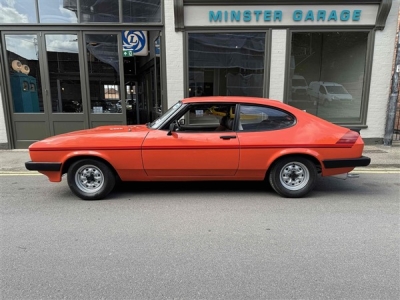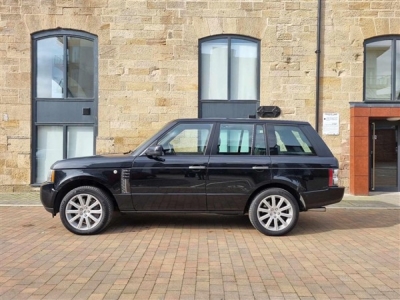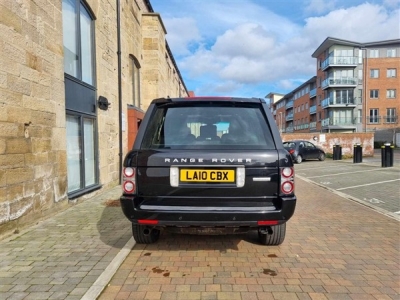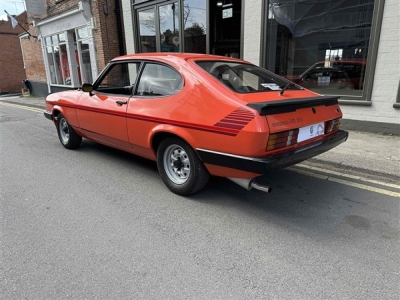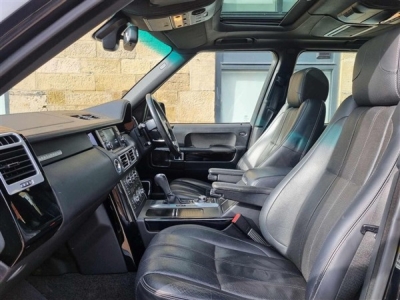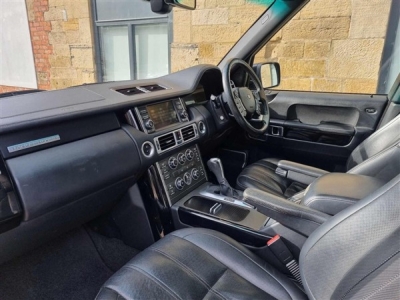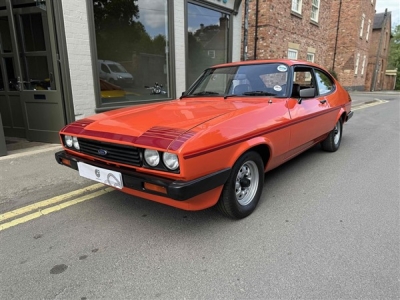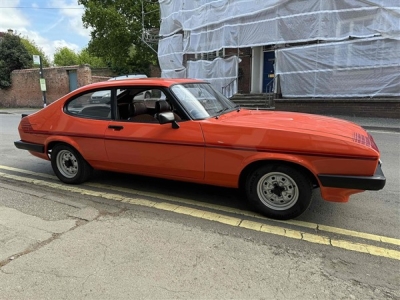When Alain De Cadenet took part in the 1971 24 Hours of Le Mans aboard an impressive Ferrari 512 M of the Francorchamps team, he had no idea that he had just put his finger in a gear that was to set the pace of his exciting life for a quarter of a century. Enthused by this first experience, he only wanted to buy a 312 PB from Ferrari and enter it in the next 24 Hours race. But he was refused. The 312 PB being a prototype version of the F1 312 B, the Italians considered that it could not be put in the hands of an amateur driver.
Offended, De Cadenet devised another plan. He owned a Brabham BT33 that he had entered for his friend Chris Craft during the last two grand prix of the 1971 season. Why not transform it into a prototype homologated at Le Mans? He turned to Brabham at which point had just been bought by a certain Bernie Ecclestone. The latter directed the lively “Decad” towards a young South African engineer working in the design office. He was Gordon Murray (see box). Murray took up the challenge, working at home in the evenings after his day’s work at Brabham. In six weeks, he finally designed a specific monocoque chassis that would be manufactured by the company Grand Prix Metalcraft. Unfortunately, De Cadenet’s Cosworth V8 was at the end of its life and the English driver went in search of a replacement. John Nicholson, McLaren’s engine builder, restored the DFV with which Bruce McLaren had won the 1968 Belgian Grand Prix and sold it to him for £1,500. De Cadenet then went to Colnbrook and brought it back… on the back seat of his Mini! Until then, only Guy Ligier had ventured to the start of the 24 Hours of Le Mans with a Cosworth DFV on his back. De Cadenet convinced the lubricant brand Duckhams to finance a part of the operation. The car is painted in yellow and blue like the infamous Duckhams oil cans and was entered in the 1972 24 Hours of Le Mans under the name Duckhams LM. From the outset, the car, one of the lightest on the grid, proved to be competitive.
The LM qualified in 11th position at an average speed of more than 200 km/h, the De Cadenet-Craft duo was in fourth place with two hours to go! Unfortunately, Craft, on slick tires, was surprised by the rain and hit the rail. The Duckhams had to return to the pits and make repairs, and finished 12th but it also marked the first time that a Cosworth DFV V8 crossed the finish line at Le Mans. In the meantime, the Duckhams competed in the 6H of Watkins Glen (withdrawal due to engine problems) as well as in the Can-am race (same cause, same effect), held the following day. Boosted by this promising adventure in Le Mans, De Cadenet did it again the following year. In the meantime, the Duckhams had been redesigned by Gordon Murray, who fitted it with a long tail. In spite of this evolution, it was not as fast as the previous year (15th in qualifying) and were forced into retirement in the middle of the night due to an accident. The agreement with Duckhams being finished, the car competed again in 1974 under the name of De Cadenet, with a British racing green livery. After finishing 6th in an Interserie race at Silverstone, it arrived at Le Mans. Unfortunately, Alain De Cadenet could not drive the car bearing his name. Having broken his collarbone shortly before, he noticed during the night tests that he was physically unfit and was replaced. The now Nicholson-Craft duo qualified in a very respectable 8th place, running for the first time under the 4 minutes per lap mark (3’52’’400 against 4’03’’900 in 1972). However, the race ended with another retirement. This is the last participation of this car in an international race in period. A long adventure then began. After the Duckhams partnership moved elsewhere, the charismatic “Decads” managed to convince sponsors each year to follow him in his Le Mans tours. At the wheel of a Lola hired by him and revisited by Gordon Murray, he managed to reach the third step of the podium with Chris Craft in 1976. A feat that he never managed to surpass during his ten following participations. After the 1981 edition, he stopped entering his own cars and was content to race for other teams. In 1986, while supporting Yves Courage and Pierre-Henri Raphanel at the wheel of a Porsche-powered Cougar, he was shocked by the fatal accident involving the young hopeful Jo Gartner and decided to hang up his helmet. But he is not done with the world of motorsports, as he puts his skills to work on television. He became a popular presenter on the American Speed Channel. His innumerable and delectable anecdotes as well as his English accent will be his success and his charm for many years.
Alain De Cadenet eventually sold the LM to Colin Hawker who installed a Volkswagen 1600 Type 3 body on the chassis to compete in club races. Nicknamed “DFVW”, the car would collect successes during several seasons. The car was then restored in 2002 in its 1972 configuration and was soon bought by Jacques Nicolet who drove in prestigious historic races. At its wheel, he won in 2018 in the very competitive Plateau 5 of Le Mans Classic against competition such as Lola T70s, Ferrari 512s, Porsche 917s, Ford GT40s and Alfa-Romeo 33s. Neil Fender, Fender-Broad founder was lucky enough to meet De Cadenet at Le Mans Classic in 2008 when he was racing a works Triumph TR2. De Cadenet
To summarise, this car is an on the button class winning car, with fabulous motorsport pedigree and an astonishing history behind it. You won’t see another Duckhams LM. This is the one.
- Engine Size3000cc Ford Cosworth DFV
- Year of manufacture1972





























































































